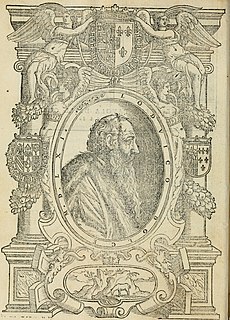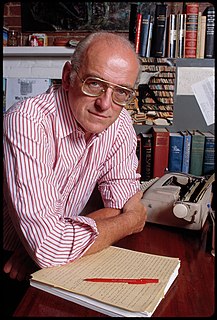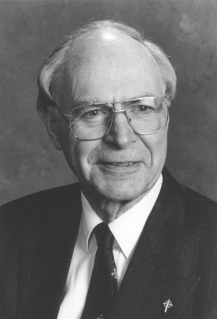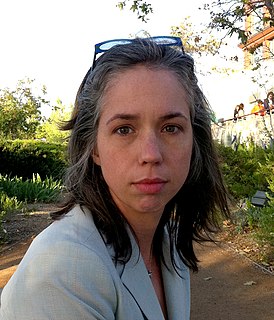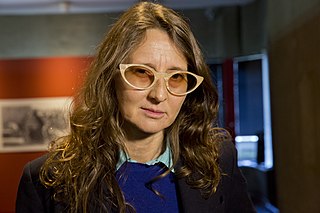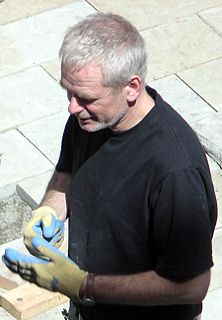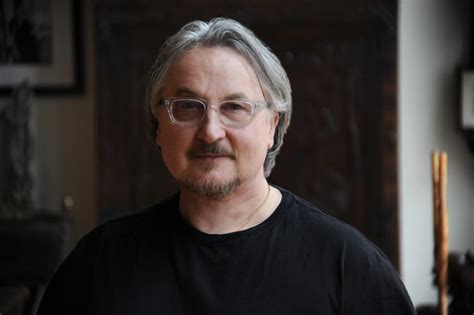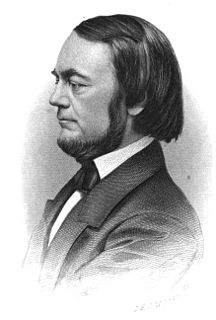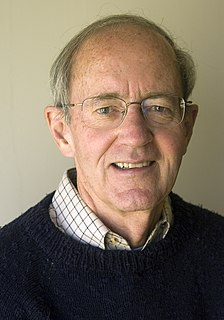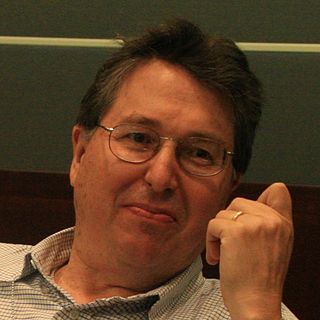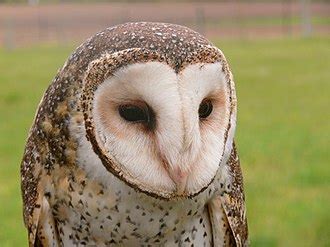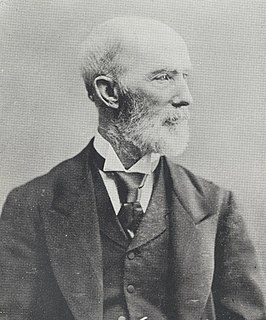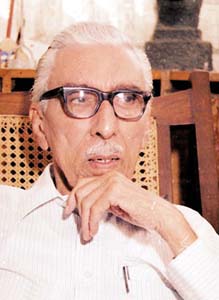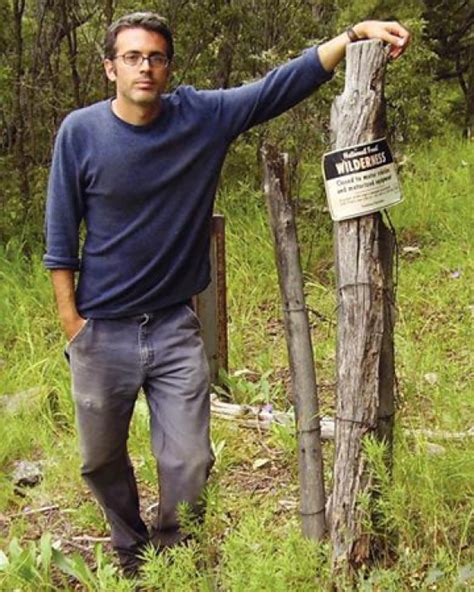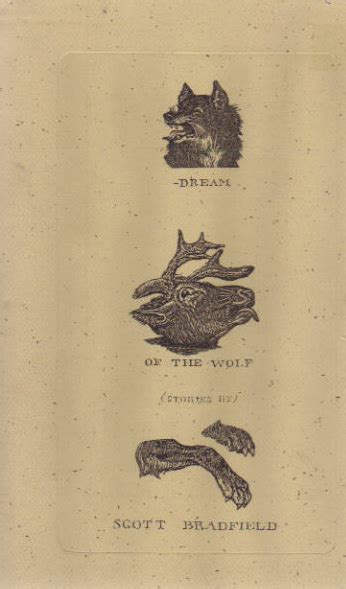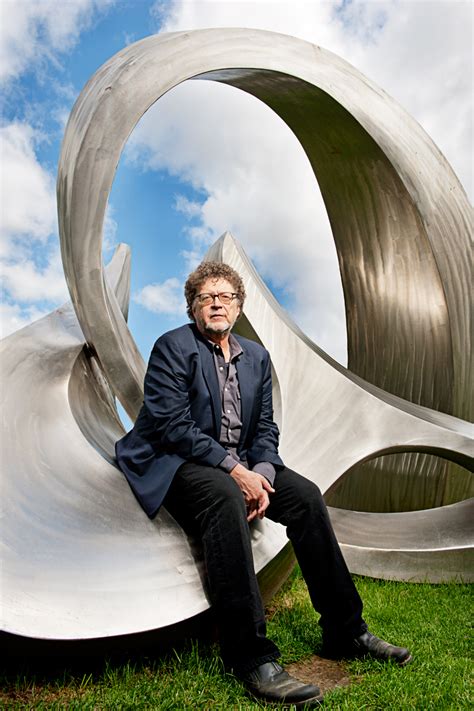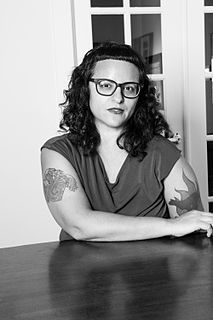A Quote by Percy Lubbock
Many different substances, as distinct to the practiced eye as stone and wood, go to the making of a novel, and it is necessary to see them for what they are.
Related Quotes
A single kind of red cell is supposed to have an enormous number of different substances on it, and in the same way there are substances in the serum to react with many different animal cells. In addition, the substances which match each kind of cell are different in each kind of serum. The number of hypothetical different substances postulated makes this conception so uneconomical that the question must be asked whether it is the only one possible. ... We ourselves hold that another, simpler, explanation is possible.
I don't think I'm wrong when I say that the most beautiful objects of the "stone age" were made of skin, fabric, and especially wood. The "stone age" ought to be called the "wood age." How many African statues are made of stone, bone, or ivory? Maybe one in a thousand! And prehistoric man had no more ivory at his disposal than African tribes. Maybe even less. He must have had thousands of wooden fetishes, all gone now.
New York doesn't exactly have neighborhoods, the way most cities do. What it has is closer to distinct and separate villages, some of them existing on different continents, some of them existing in different centuries, and many of them at war with one another. English is not the primary language in many of these villages, but the Roman alphabet does still have a slight edge.
Cartooning is completely different from other media: it is closely related to film and prose, other narrative forms, but the skills needed to realize a story are very different, and include not only drawing and writing dialogue and narration, but graphic design and the ability to depict time passing visually. It's a whole suite of skills that has to go into making a comics page, skills that are quite distinct from those that go into writing a page of prose, or making a film.
You can create substances with other naturally grown substances and you can synthesize beautiful bouquets of flowers without spending an arm and a leg, using the citrus fruits, which are much more affordable than flowers, because you need so many flowers to create the essences. In this country [USA], there is not a traditional science of making it. The Native Americans never did it. They bundled the sage.
Being able to go to work every day with such a good friend - especially in this business where your jobs are short, the turnover's fast, and you're working all the time with so many different people, and there's so many different projects going on that the odds are that you could actually book something that hopefully, knock on wood, is a long-term job with one of your best friends - is too good to be true.


